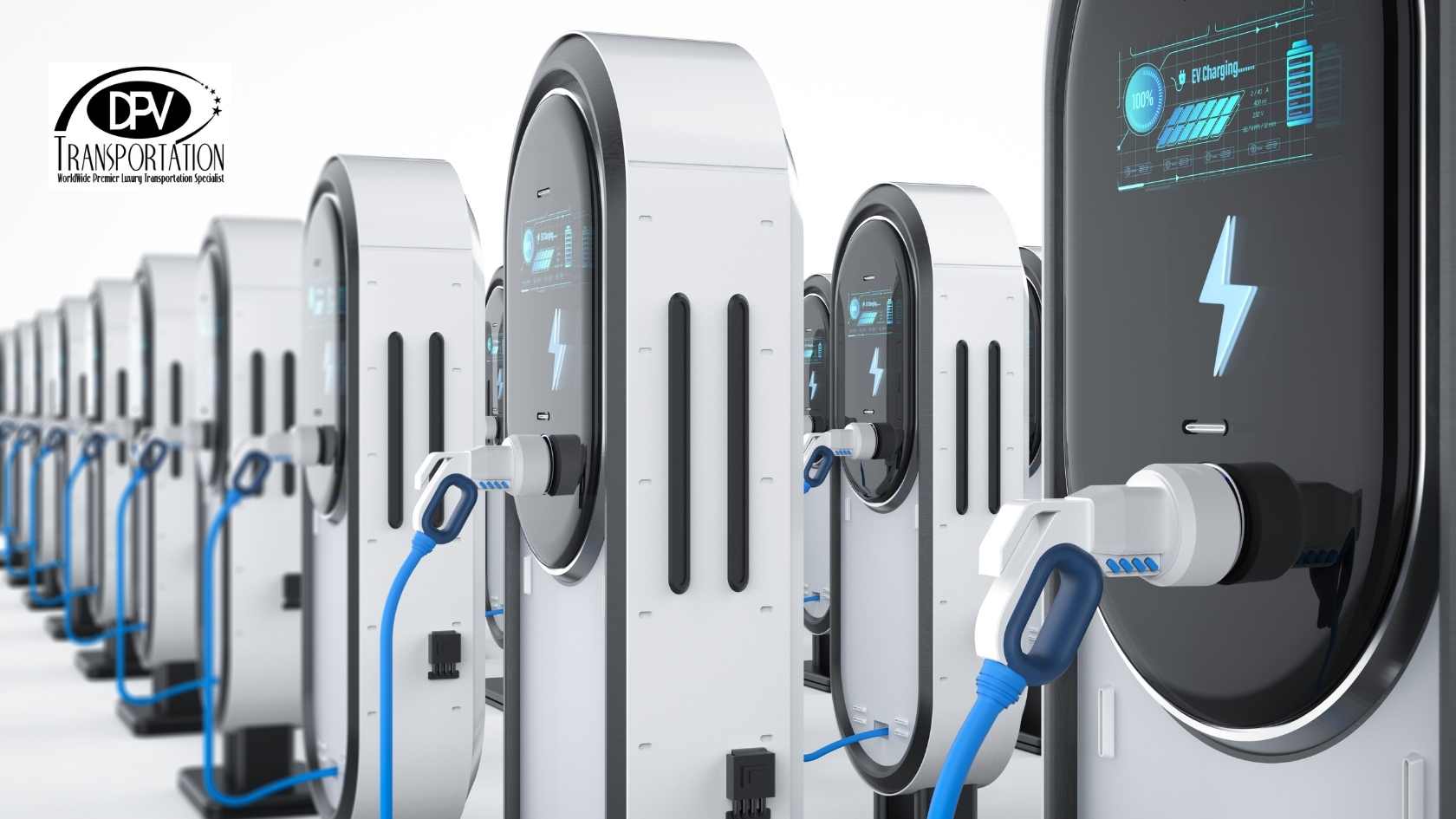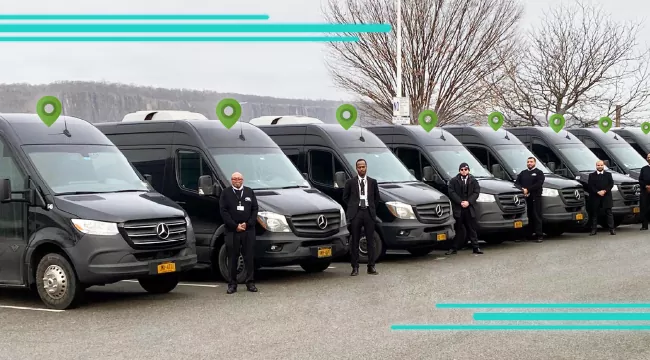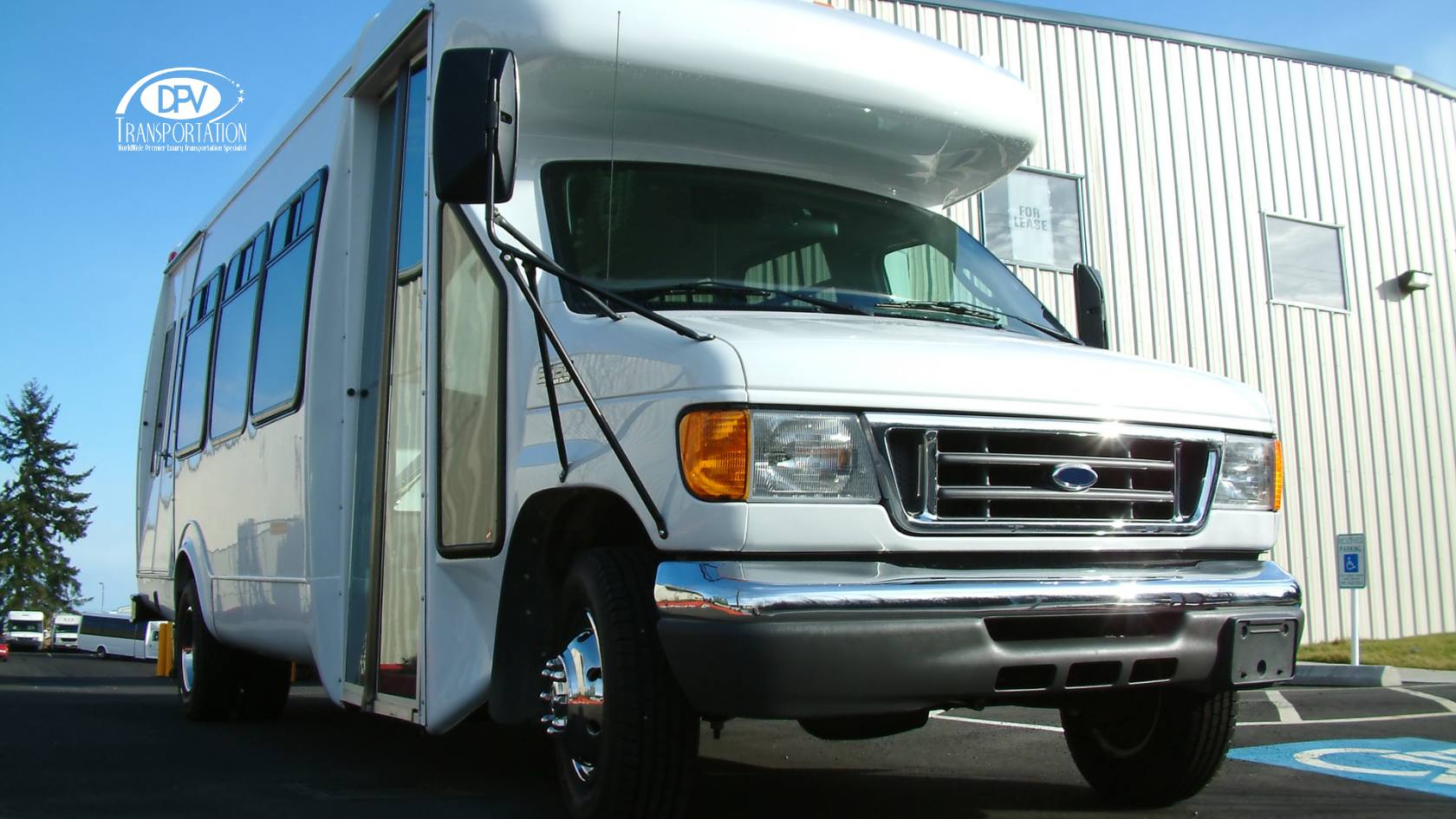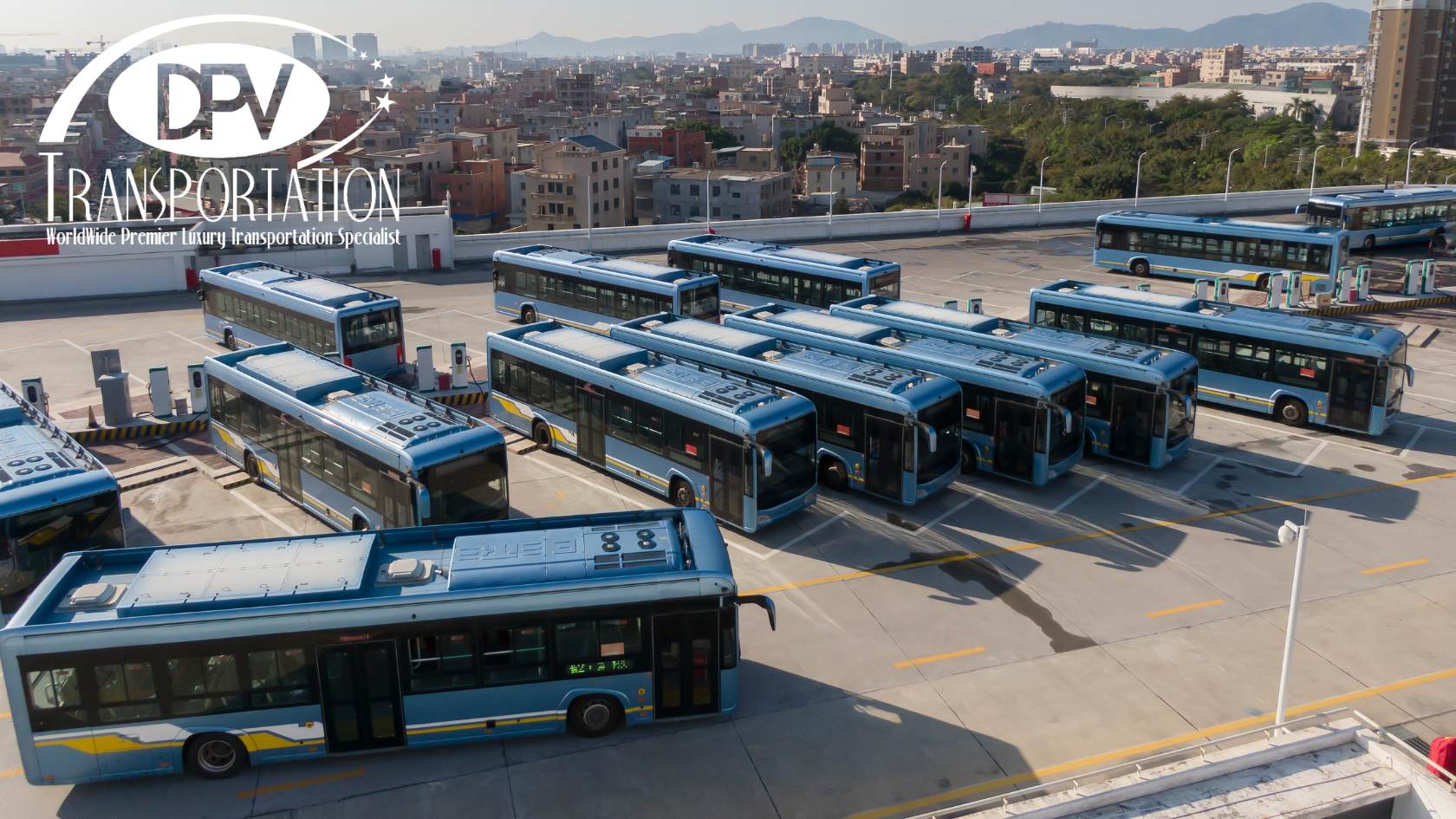
As state and federal governments continue to push for automotive electrification, procurement managers in the ground transportation industry face increasing pressure to decarbonize their fleets. Transitioning to electric vehicles (EVs) can seem daunting, but with a solid strategy and the right tools, you can effectively integrate EVs into your fleet. This guide will help you understand how to evaluate an Electric Vehicle RFP, ensuring you make informed and strategic decisions.
Why Electrify Your Fleet?
Electrifying your fleet is not just about reducing emissions; it’s about future-proofing your operations. EV fleet management differs significantly from traditional internal combustion engine (ICE) fleet management. It requires new workflows, operational procedures, vehicle selection criteria, and a comprehensive understanding of total cost of ownership (TCO). Proper planning ensures that your transition to EVs enhances efficiency and sustainability without disrupting your day-to-day operations.
Key Considerations for Evaluating an Electric Vehicle RFP
When reviewing RFPs for electric vehicle transportation services, consider the following critical factors:
- Vehicle Range and Efficiency
- Range Requirements: Assess whether the EVs can meet your existing operational needs. Consider the range necessary for your fleet’s daily routes and the conditions of the regions where they will operate.
- Operational Efficiency: Ensure the EVs can perform efficiently in your specific environments, whether urban, rural, or a mix of both.
- Vehicle Selection
- Appropriate Models: Determine which EV models align with your fleet’s requirements. Evaluate which vehicles can replace existing ones without compromising performance.
- Battery Health: Consider the longevity and maintenance needs of EV batteries. Understand the costs and processes for battery degradation and replacement.
- Cost Savings and Financial Incentives
- Fuel Cost Savings: Calculate the potential savings on fuel costs by switching to EVs. Compare these savings against the higher upfront costs of EVs.
- Government Incentives: Leverage available federal and state incentives to reduce the initial investment. These can significantly lower the overall cost of procurement.
- CO2 Reduction Goals
- Environmental Impact: Define the level of CO2 reduction you aim to achieve. Ensure that the EV solutions you consider align with your sustainability objectives.
- Charging Infrastructure
- Charging Stations: Evaluate the availability and accessibility of charging infrastructure. Ensure there are enough charging stations to support your fleet’s needs.
- Electrical Demand Management: Plan for the electrical demand required to keep your EVs charged, considering backup generation facilities if necessary.
- Total Cost of Ownership (TCO)
- Long-Term Costs: Analyze how EVs will affect your TCO compared to traditional vehicles. Include maintenance, energy costs, and potential savings from reduced fuel consumption.
A Robust EV RFP
An effective RFP is crucial for selecting the right EV fleet provider. Here are the essential elements to look for:
- Company and Fleet Overview
- Detailed description of the company and current fleet, including vehicle types and their roles.
- Needs and Objectives
- Clearly define your goals, requirements, and budget. Identify non-negotiable items and nice-to-have features.
- Submission Requirements
- Specify how proposals should be delivered and any formatting guidelines.
- Evaluation Criteria
- Outline how you will assess proposals, highlighting the most critical aspects for your decision-making process.
For a comprehensive RFP Checklist for EV Fleet Service, download our full White Paper which includes a detailed 36-page guide and a practical checklist to streamline your EV procurement process.
Overcoming Common Challenges
Transitioning to an electric fleet comes with its set of challenges, including higher upfront costs, battery degradation, and the need for extensive charging infrastructure. However, with strategic planning and by utilizing available resources, these obstacles can be effectively managed. Our White Paper offers in-depth strategies to tackle these challenges, ensuring a smooth transition to electric mobility.
Final Thoughts
Electrifying your fleet is a significant step towards sustainability and operational efficiency. By carefully evaluating RFPs using the guidelines outlined above, procurement managers can make informed decisions that align with their company’s goals and budget. For a detailed roadmap and actionable insights, access our full White Paper today.
Ready to take the next step? Download our comprehensive White Paper to equip yourself with the tools and knowledge needed for successful EV fleet procurement.






